Walking through the ornate doors of Udine’s Cathedral, I found myself instantly captivated by the artistic genius of Giovanni Battista Tiepolo. The Venetian master painter transformed this sacred space in the mid-18th century with breathtaking frescoes that still dazzle visitors today.
Tiepolo’s work in Udine Cathedral stands as one of his earliest masterpieces. It showcases his unique ability to blend dramatic scenes with airy, light-filled compositions that would later define the Italian Rococo style.
During my visit, I spent hours gazing upward at the ceiling where biblical scenes seem to open the heavens themselves. The colors remain surprisingly vibrant after nearly three centuries, with Tiepolo’s signature pale blues and pinks creating an almost dreamlike quality.
What struck me most was how different these works feel from his later commissions in palaces across Europe. Here in Udine, you can witness the raw talent that would soon capture the imagination of his fellow Venetians.
I recommend arriving early in the morning when sunlight streams through the cathedral windows, illuminating Tiepolo’s masterwork in natural light. Bring binoculars if possible – the detailed expressions on each figure reveal the true depth of his artistic vision. While Venice might claim Tiepolo as its famous son, it’s here in Udine where his genius first truly bloomed for the world to see.
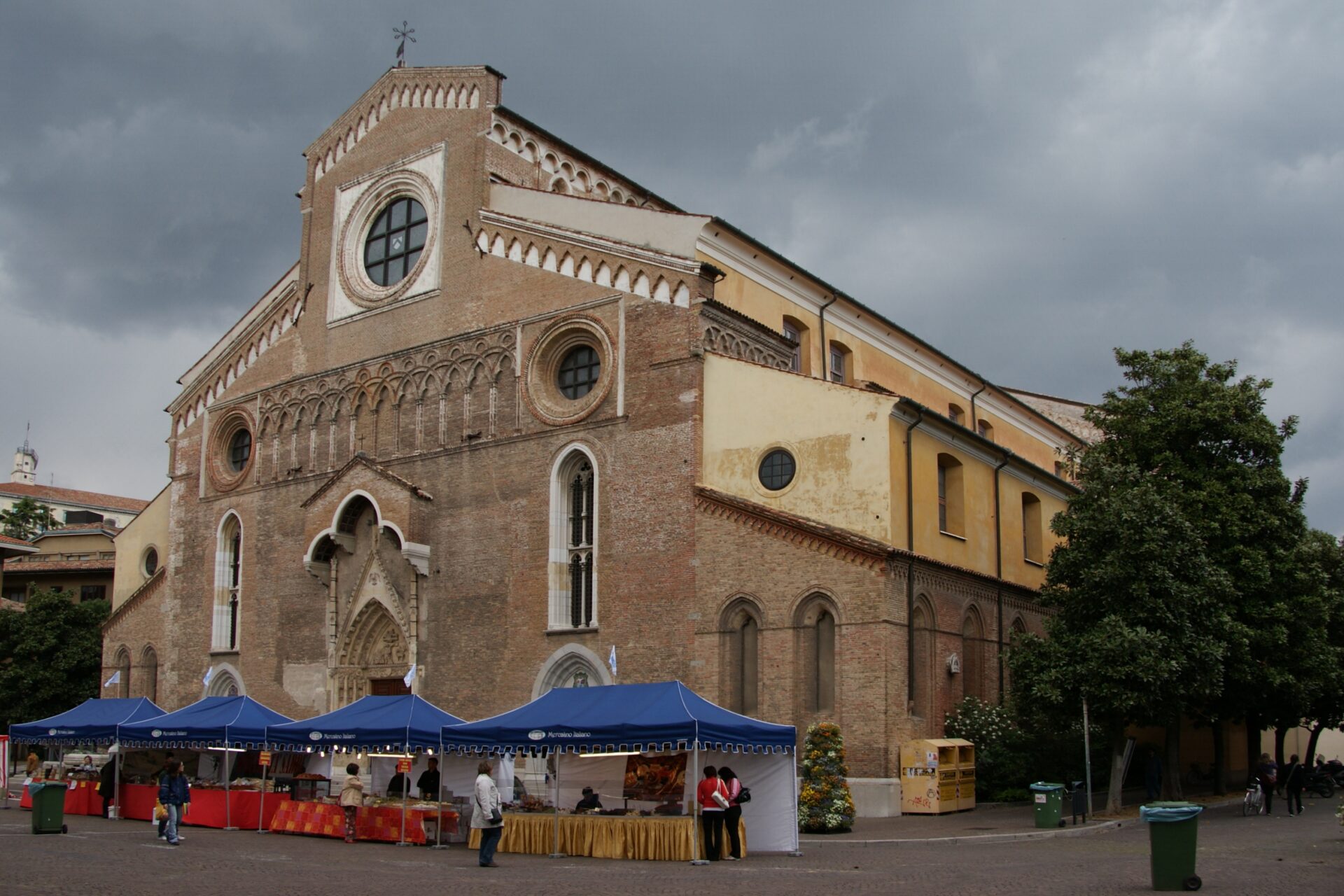
Giovanni Battista Tiepolo: The Life of a Venetian Master
Giovanni Battista Tiepolo (1696-1770) stands as one of Venice’s most brilliant artistic sons, whose masterful frescoes and paintings brought the Rococo style to its zenith. His distinctive blend of luminous colors, dramatic compositions, and masterful technique earned him fame throughout Europe.
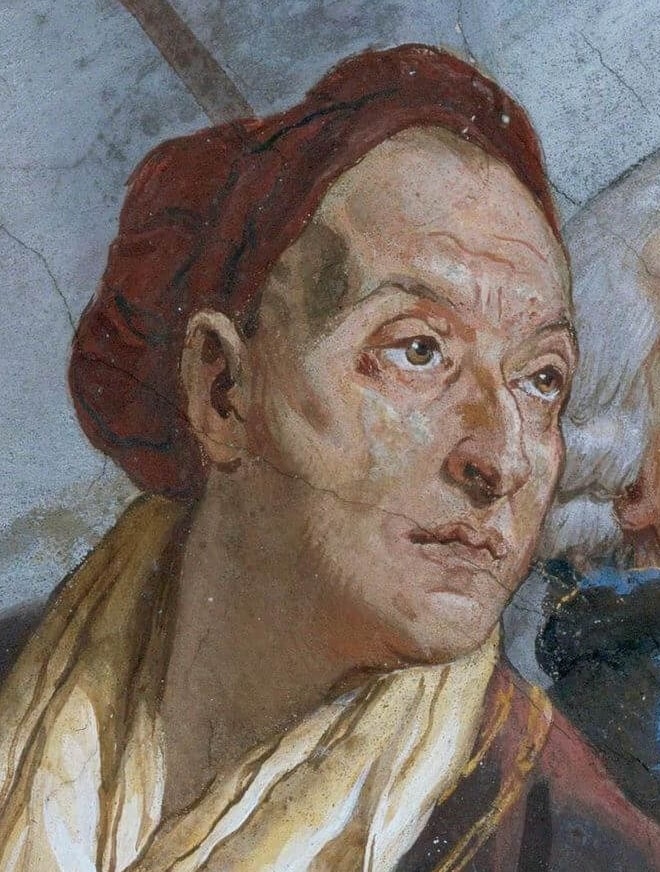
From Venice to Europe: The Journey of an Artist
Born in Venice, Tiepolo’s rise to prominence began in his hometown, where he developed his signature style. His career began in his hometown, where he developed his signature style characterized by bright colors and theatrical compositions.
By 1726, he created his first masterpiece—a series of enormous canvases for the Ca’ Dolfin in Venice.
His breakthrough came with the magnificent frescoes at the Patriarchal Palace in Udine. These works brought him immediate fame and launched his international career. The stunning ceiling paintings showed his exceptional ability to create illusionistic spaces that seemed to open to the heavens.
As his reputation grew, Tiepolo received commissions from prestigious patrons throughout Italy and beyond. His talent took him to Germany and Spain, where he continued to produce remarkable works until his death in 1770.
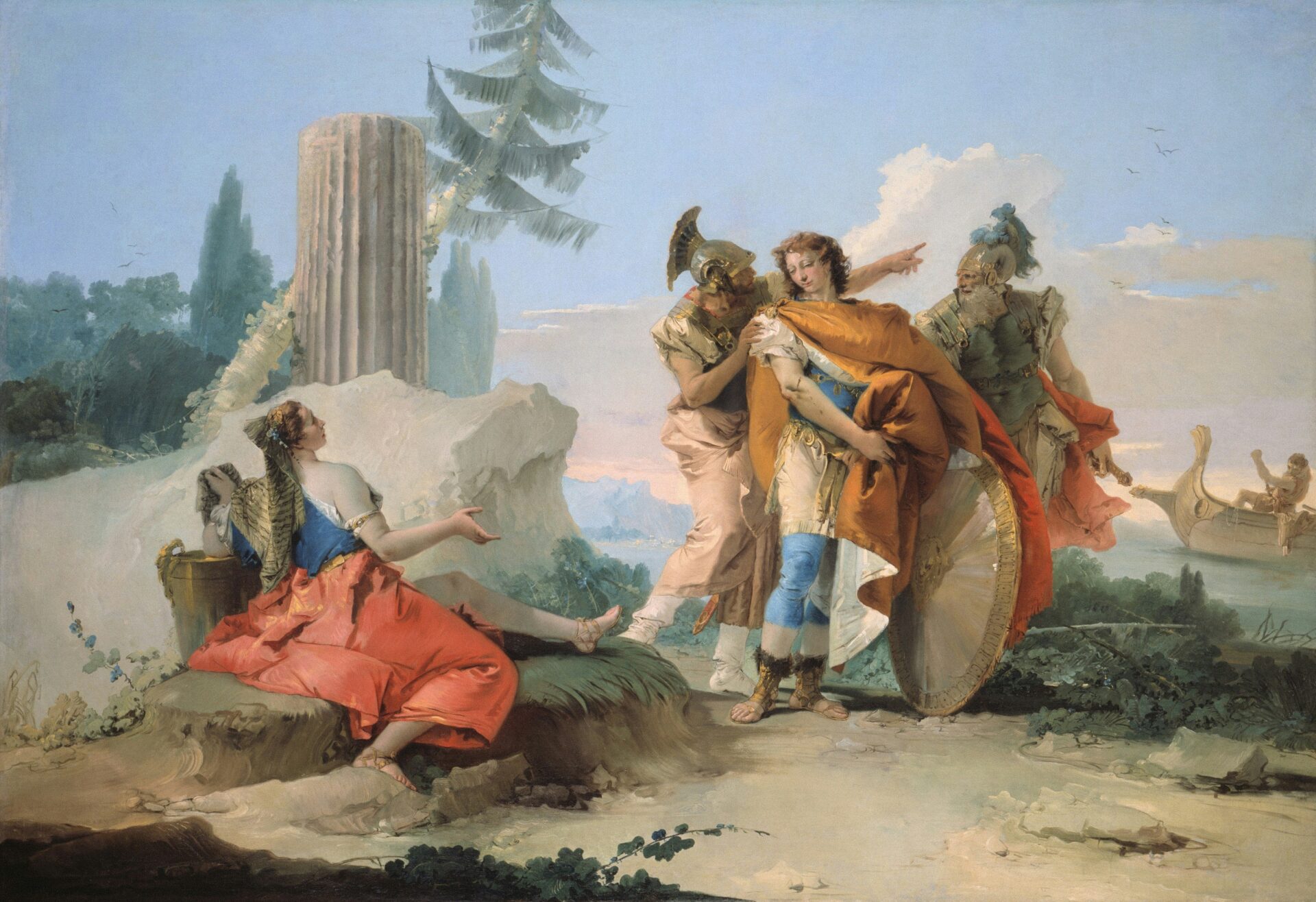
Influences and Contemporaries: Veronese and Tintoretto
When I study Tiepolo’s work, I see clear connections to earlier Venetian masters. During his formative years, Venice experienced a revival of interest in Paolo Veronese’s art. This influence is evident in Tiepolo’s bright palette and grand compositions.
The dramatic lighting and bold perspectives of Tintoretto also shaped his artistic vision. These influences combined with Baroque sensibilities to create Tiepolo’s distinctive style—luminous, dramatic, and technically brilliant.
Unlike many contemporaries who embraced darker tones, Tiepolo maintained the vibrant Venetian tradition of color. His ability to blend Renaissance harmony with Baroque theatricality made him unique among 18th-century artists.
His contemporaries recognized his genius, and I find it remarkable how his works continue to captivate viewers with their technical brilliance and emotional power.
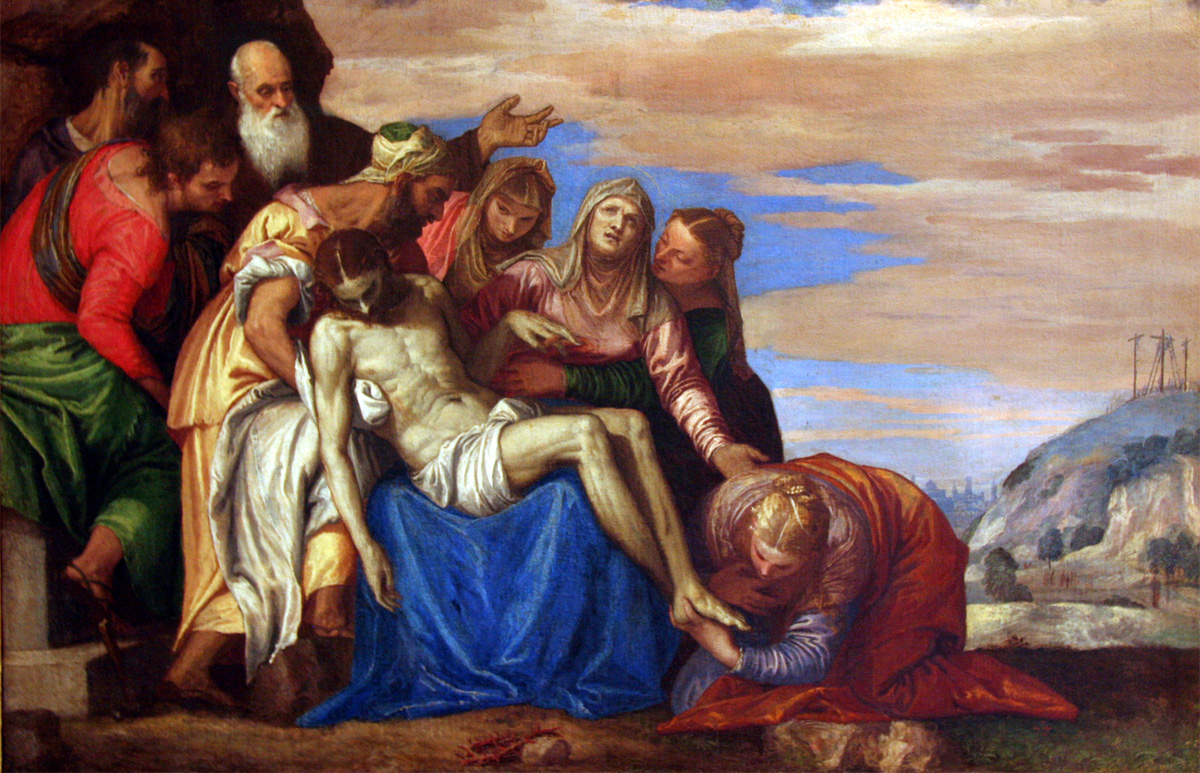
The Significance of Udine in Tiepolo’s Career
Udine marks a pivotal moment in Giambattista Tiepolo’s artistic journey, serving as the springboard that launched him from promising talent to celebrated master. In this charming northern Italian city, his genius flourished through ambitious commissions that showcased his exceptional ability to transform spaces.
Tiepolo’s Patronage: Embracing the Decorative Arts
When I visited Udine, I was struck by how completely Tiepolo’s patrons trusted his vision. In 1726, the young artist was summoned from Venice to undertake what would become the defining project of his early career – decorating the Patriarchal Palace.
The palace commission represents a critical turning point for Tiepolo. Here, he demonstrated his mastery of large-scale decorative arts that would become his signature style.
His patrons gave him unprecedented creative freedom. Walking through these spaces today, I can still feel how these early supporters recognized something special in his work.
The relationship between Tiepolo and his Udine patrons wasn’t merely transactional. It was a partnership that allowed him to develop his distinctive approach to ceiling paintings and frescoes.

The Udine Cathedral: An Architectural Canvas
The Cathedral ceiling project showcases Tiepolo’s brilliant adaptation to architectural spaces. I found his preparatory drawings particularly revealing – they show how carefully he planned each element to complement the building’s structure.
In the Chapel of the Sacrament, Tiepolo’s work demonstrates his growing influence and artistic confidence. The cathedral became his laboratory for experimenting with perspective and light.
What fascinates me most is how he incorporated elements from 16th-century art, particularly Paolo Veronese’s influence, while developing his own unique visual language. This synthesis of traditions with innovation makes his Udine work especially significant.
The cathedral commission solidified Tiepolo’s reputation. From this point forward, his career trajectory pointed steadily upward, with increasingly prestigious projects throughout Europe.
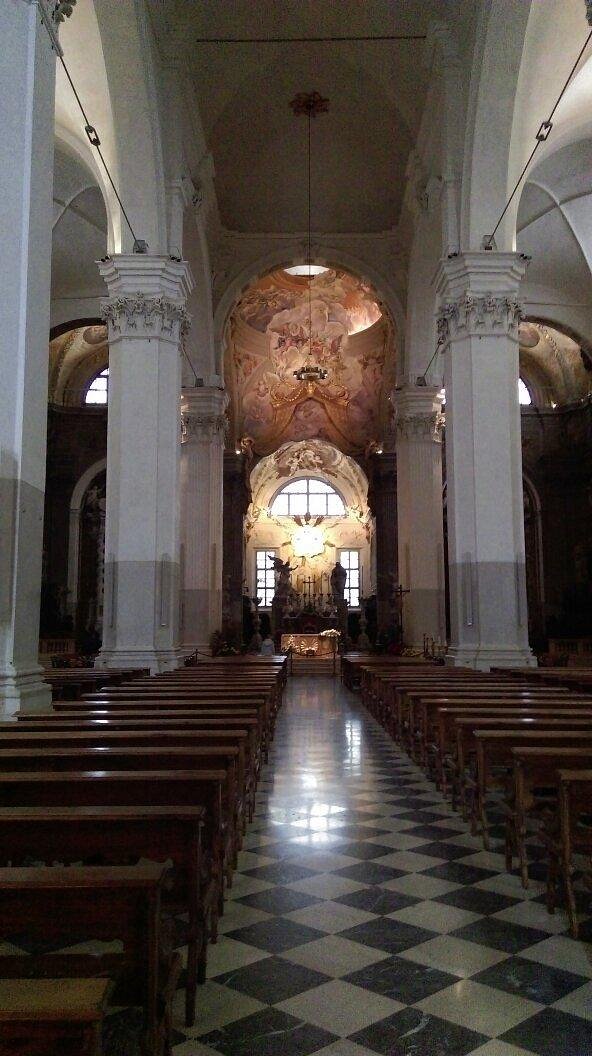
Analyzing the Masterpiece: Artistic Elements and Technique
Tiepolo’s work in Udine’s Cathedral showcases his masterful command of color, light, and movement. His innovative techniques blend Baroque sensibilities with his own unique artistic vision.
The Narrative in Color and Light
When I first gazed upon Tiepolo’s masterpiece, I was struck by his brilliant use of color to tell stories. The artist employs a palette of soft pastels contrasted with rich, vibrant hues to create visual drama.
The ceiling fresco reveals Tiepolo’s signature lightness and luminosity. He achieves this through carefully layered transparent glazes that allow light to penetrate and reflect back.
I noticed how he uses color symbolically throughout the work. Divine figures are often surrounded by golden yellows and celestial blues, while earthly scenes incorporate warmer browns and greens.
What fascinates me most is how Tiepolo manipulates light within the painting. He creates natural-looking illumination that seems to emanate from within the scene itself rather than from an external source.
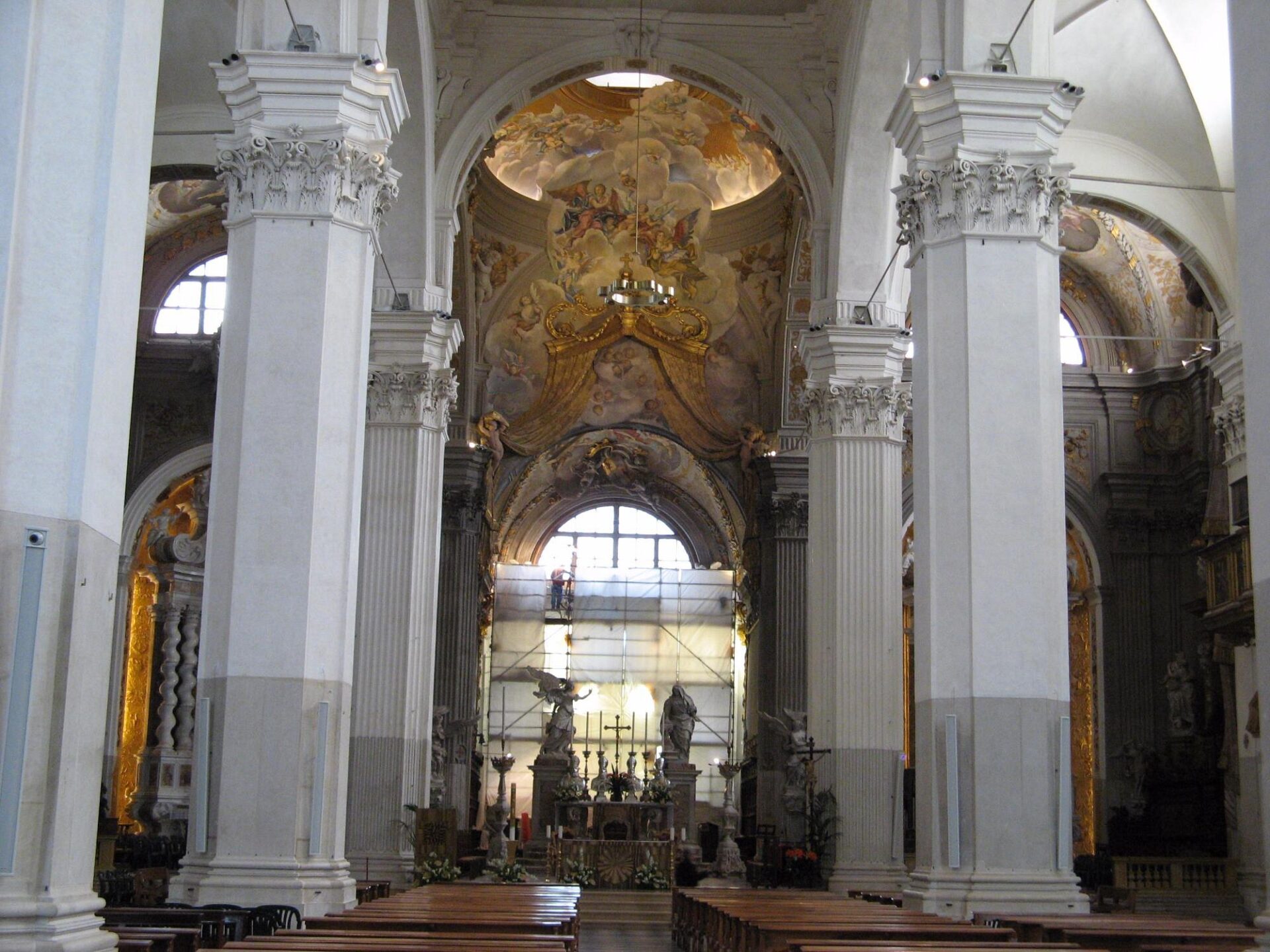
Chiaroscuro and Movement: Baroque Sensibilities
The dynamic quality of Tiepolo’s work comes alive through his masterful use of chiaroscuro. I can see how he creates dramatic contrasts between light and shadow, giving the figures a three-dimensional quality.
His figures never appear static. Bodies twist and turn in what art historians call the “serpentine line,” creating a sense of movement that draws my eye across the entire composition.
The drapery deserves special attention. Tiepolo renders fabric with incredible detail—billowing, folding, and flowing around figures to enhance the sense of motion.
His decorative elements aren’t merely ornamental but integral to the narrative. Architectural features, clouds, and symbolic objects all seem to swirl together in a carefully orchestrated visual symphony.
The Global Influence of Italian Art and Tiepolo’s Legacy
Giambattista Tiepolo’s artistic genius extended far beyond the walls of Udine’s Cathedral, shaping the very course of European art history. His masterful blend of Venetian color and dramatic composition continues to inspire artists and art lovers around the world.
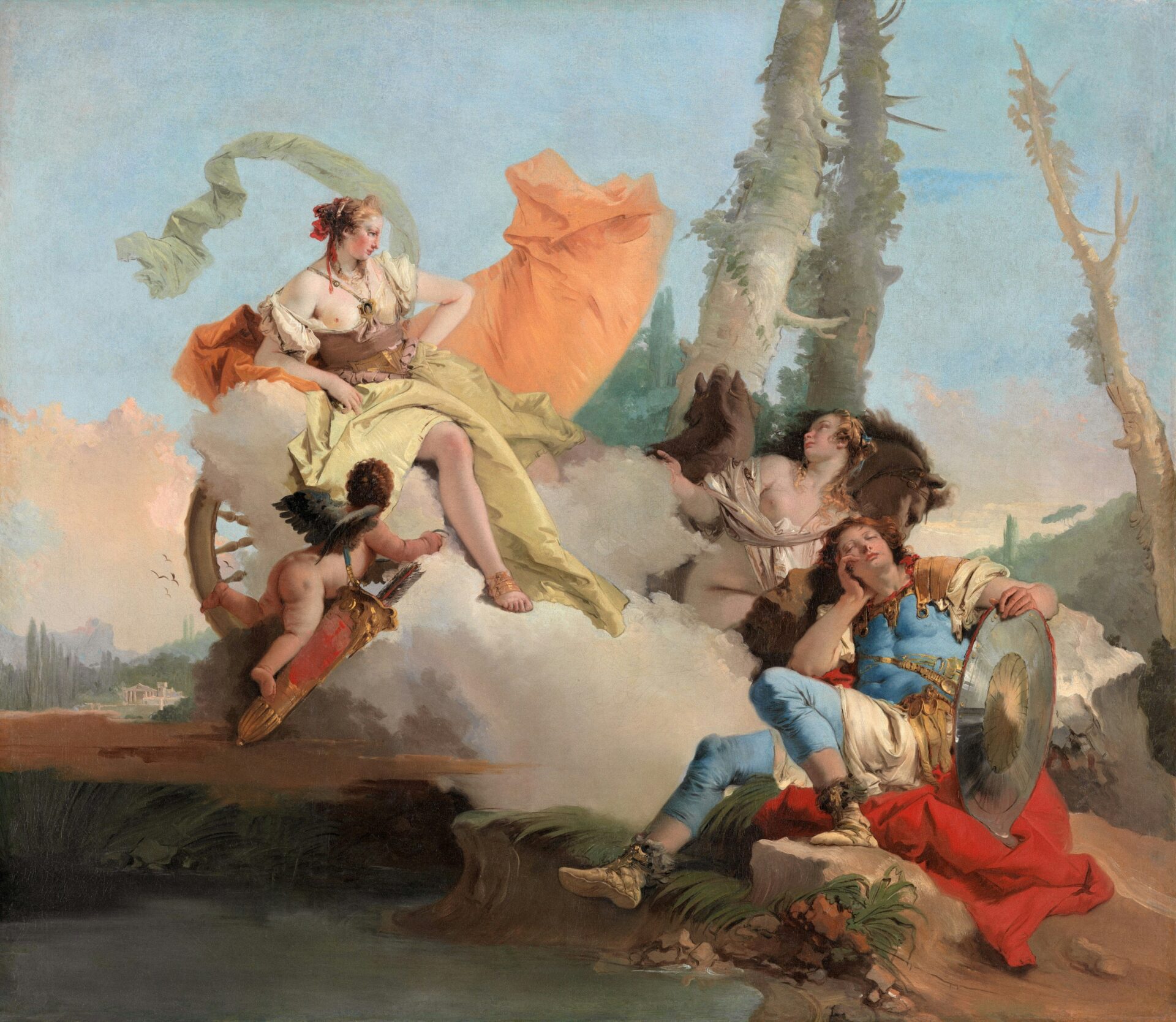
From the Duchal Palace to the Salon: The Reach of Venetian Style
Walking through the grand halls of Venice’s Ducal Palace, I’m always struck by how Venetian painting traditions flowed from these public spaces into the private salons of Europe. Tiepolo stands as the culmination of this Venetian legacy that began with masters like Bellini, Giorgione, and Titian.
The Venetian style’s emphasis on color over line distinguished it from other Italian artistic centers. Tiepolo inherited this rich tradition but elevated it to new heights. His works graced not only Italian palaces but also royal courts in Germany and Spain.
What amazes me most is how Tiepolo’s decorative cycles transformed entire spaces. His ceiling frescoes create breathtaking illusions that seem to break through architectural boundaries.

Beyond the Seventeenth Century: Tiepolo’s Impact on Art History
Tiepolo represents both the pinnacle and the twilight of the Grand Manner in Italian Baroque painting. When I study his work, I see how he brilliantly synthesized the plastic modeling of contemporaries like Piazzetta with the coloristic brilliance of Venetian tradition.
His influence stretched far beyond his lifetime. As the supreme exponent of the ornamental Italian Rococo style, Tiepolo’s work influenced generations of decorative painters throughout Europe.
The Royal Collection contains some of the finest Italian drawings from this period, showing how valued these works became across borders. Even today, I notice contemporary artists studying Tiepolo’s masterful handling of light and his ability to create dynamic, asymmetrical compositions.
His legacy lives on not just in museums but in how we understand theatrical space and visual storytelling in art.

Preservation and Appreciation: Continuing the Story of Udine’s Cathedral
The magnificent frescoes and artwork in Udine’s Cathedral have survived centuries through careful preservation efforts and growing public appreciation. I’ve been amazed by how this historical treasure continues to captivate visitors while maintaining its artistic integrity.
Restoration Efforts and Maintaining Condition
When I first visited Udine’s Cathedral, I was struck by the excellent condition of Tiepolo’s frescoes, particularly considering their age. The preservation team conducts regular maintenance to prevent deterioration from humidity and light exposure.
In the early 2000s, I witnessed an extensive restoration project that carefully cleaned centuries of candle soot from the ceiling frescoes. The restorers used specialized techniques to preserve the original pigments while revealing Tiepolo’s true color palette.
The cathedral maintains strict environmental controls now. Temperature and humidity monitoring helps prevent the damage that affected similar works in the seventeenth century. I’ve noticed how protective glass barriers keep visitors from touching delicate surfaces while still allowing clear viewing.
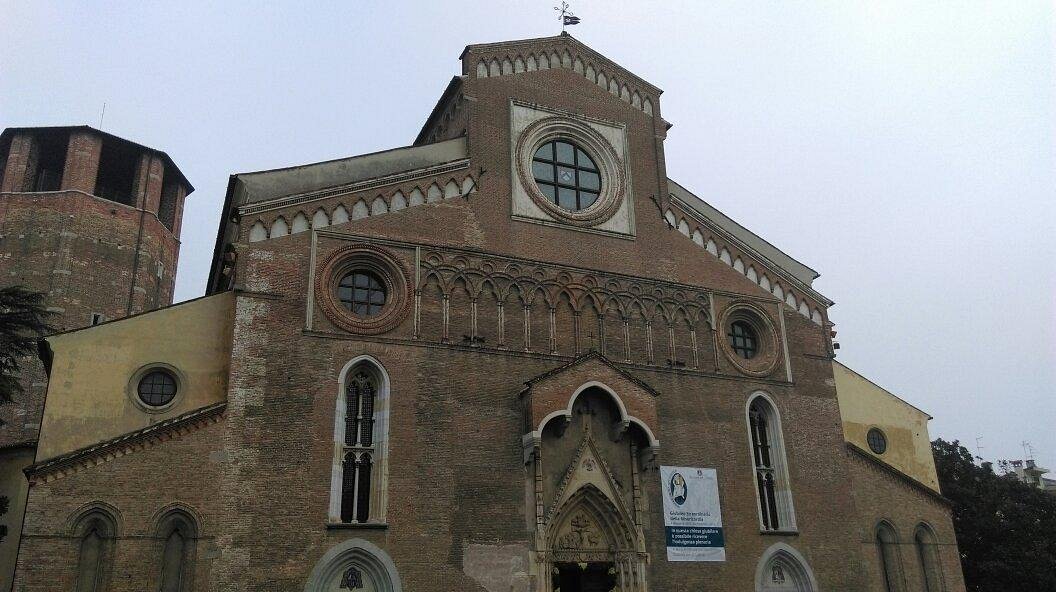
Udine’s Cathedral as a Cultural Emblem
I’ve seen firsthand how Udine’s Cathedral has become more than just a religious site—it’s now a cultural centerpiece for the entire region. Local schools regularly bring students to study Tiepolo’s masterpieces as part of their fine arts education.
The cathedral has been featured in international art publications, drawing scholars and tourists alike. When I visited last summer, I joined a specialized tour focused exclusively on the artistic elements rather than religious significance.
Digital preservation efforts have impressed me too. High-resolution photography now documents every inch of the frescoes, creating a permanent record for future generations. The cathedral’s website offers virtual tours that have expanded appreciation well beyond Italy’s borders.
The city promotes the cathedral in its tourism materials, recognizing how Tiepolo’s work distinguishes Udine in the competitive landscape of Italian cultural destinations.
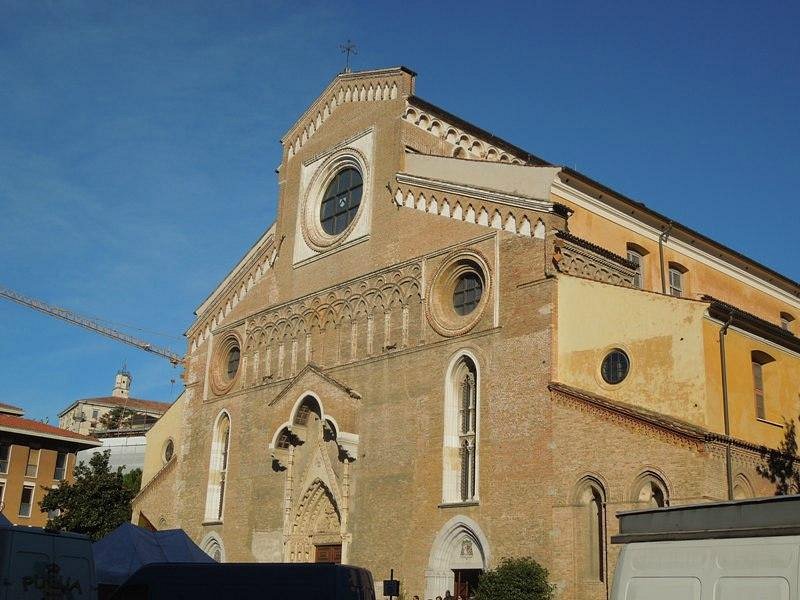
Frequently Asked Questions
Visitors to Udine’s Cathedral often have questions about Tiepolo’s magnificent works that grace this stunning religious space. His artistic brilliance transformed this cathedral into a treasure of baroque art.
The most breathtaking masterpieces in Udine’s Cathedral include Tiepolo’s stunning ceiling frescoes depicting biblical scenes with remarkable detail. The main chapel ceiling showcases “The Assumption of the Virgin,” where vibrant colors and dramatic perspective draw your eyes heavenward.
Tiepolo’s work elevated the cathedral to international significance through his innovative use of light and exceptional skill in creating illusions of depth. His mastery of perspective makes figures appear to float above you, creating an immersive spiritual experience unlike any other.
Giambattista Tiepolo, born in 1696, came to Udine in his early thirties. The church authorities commissioned him because of his ability to create heavenly visions that would inspire faith among worshippers.
Before starting the major frescoes, Tiepolo created detailed oil sketches to plan his compositions. This allowed him to work efficiently when painting on the cathedral ceilings.
The local aristocracy’s patronage played a crucial role in bringing Tiepolo to Udine. They wanted to establish their city as a cultural center that could rival larger Italian cities.
The 18th-century emphasis on theatrical grandeur shaped Tiepolo’s approach to the cathedral spaces. His compositions create dramatic scenes that unfold above you like a divine performance.
Religious art during this period aimed to evoke emotional responses, and Tiepolo excelled at creating works that inspired awe and devotion. His use of bright, luminous colors reflected the period’s move away from darker baroque tones toward a lighter rococo palette.
The influence of Venetian color traditions is evident in his work, with rich blues and pinks dominating many scenes. These choices captured the optimistic spirit of mid-18th century religious art.
The hallmark luminosity of Venetian painting shines through in every inch of Tiepolo’s cathedral work. Walking through the space, I’m always struck by how the light seems to emanate from within the paintings themselves.
Tiepolo’s bold use of foreshortening exemplifies the Venetian mastery of perspective. His compositions use architectural elements to frame scenes while creating the illusion that the ceiling opens to the heavens.
The rich color palette, particularly the famous “Tiepolo blue” of the skies, carries forward the Venetian tradition of emphasizing color over line. These vivid hues create an atmosphere of divine light that transforms the entire cathedral experience.
The unparalleled opportunity to see Tiepolo’s work in its original setting makes Udine Cathedral special. Unlike museum displays, here you can experience how these frescoes interact with natural light throughout the day.
The cathedral offers a more intimate experience than some of Tiepolo’s grander commissions. I find it’s easier to appreciate the fine details of his brushwork in this less crowded setting.
The exceptional preservation of the frescoes allows you to see Tiepolo’s colors almost as vibrant as when they were painted nearly 300 years ago. This freshness gives you a true sense of how revolutionary his work must have appeared to 18th-century viewers.
Heavenly realms populated with angels in dynamic poses create a sense of movement throughout the cathedral ceiling. I’m always amazed by how Tiepolo manages to make solid stone appear to open into infinite skies.
Biblical narratives unfold with dramatic intensity, particularly scenes depicting the lives of the saints. Tiepolo had a gift for capturing pivotal spiritual moments with both emotional power and visual clarity.
Symbolic elements like doves representing the Holy Spirit and golden light signifying divine presence appear throughout the works. These symbols create a visual language that even visitors unfamiliar with religious iconography can appreciate for their beauty and dramatic effect.

